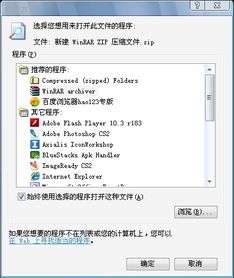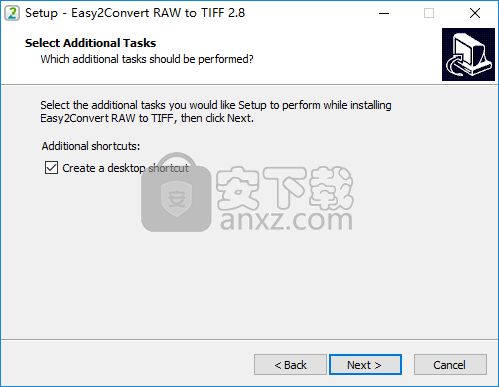
Understanding Raw Files: A Comprehensive Guide

Raw files, often referred to as “digital negatives,” are the unprocessed, uncompressed files captured directly from a camera’s sensor. They contain all the data that the camera’s sensor has gathered, providing photographers with a wealth of information and flexibility in post-processing. In this guide, we will delve into the intricacies of raw files, their benefits, and how to work with them effectively.
What is a Raw File?

Raw files are the native format of digital camera sensors. Unlike JPEGs, which are compressed and processed by the camera, raw files retain all the data captured by the sensor. This includes exposure settings, white balance, color information, and more. The raw file format is essentially a digital negative, much like the negatives used in traditional film photography.
Benefits of Using Raw Files

There are several advantages to working with raw files:
| Benefit | Description |
|---|---|
| Greater Control | Raw files provide more control over exposure, contrast, color, and sharpness during post-processing. |
| Non-Destructive Editing | Changes made to a raw file can be easily reversed or modified without affecting the original data. |
| Higher Quality Images | Raw files contain more data than JPEGs, resulting in higher quality and more detailed images. |
| Extended Dynamic Range | Raw files offer a wider range of tones, allowing for better recovery of details in both highlights and shadows. |
How to Work with Raw Files
Working with raw files requires specific software, such as Adobe Photoshop, Lightroom, or Capture One. Here’s a step-by-step guide on how to process a raw file:
-
Open the raw file in your preferred software.
-
Adjust the exposure, contrast, and highlights/shadows as needed.
-
Adjust the white balance to ensure accurate colors.
-
Adjust the sharpness, noise reduction, and other settings to enhance the image.
-
Export the processed image as a JPEG or another desired format.
Raw File Formats
There are several raw file formats, including:
-
Adobe DNG (Digital Negative): A universal raw file format developed by Adobe.
-
CR2/CR3 (Canon): Raw file formats used by Canon cameras.
-
NEF (Nikon Electronic Format): Raw file format used by Nikon cameras.
-
ARW (Sony Alpha Raw): Raw file format used by Sony cameras.
-
PEF (Pentax Electronic Format): Raw file format used by Pentax cameras.
Raw File Conversion
Converting raw files to other formats is essential for sharing and printing images. Here’s a brief overview of the process:
-
Open the raw file in your preferred software.
-
Process the image as desired.
-
Export the processed image as a JPEG, TIFF, or another desired format.
Conclusion
Raw files offer photographers a powerful tool for capturing and editing images. By understanding the benefits and how to work with raw files, you can unlock the full potential of your camera’s sensor and create stunning images.





